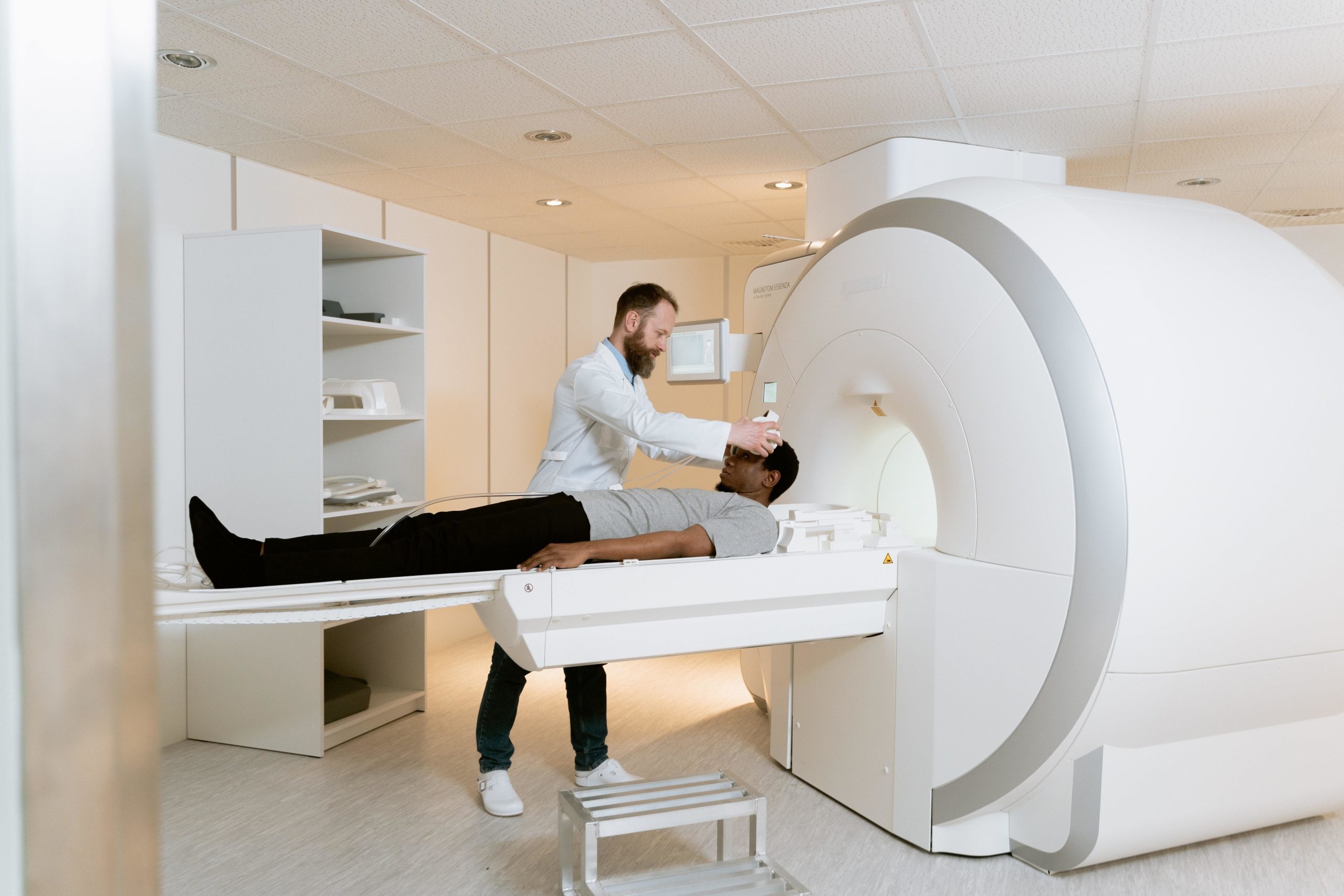
Recent developments in digital pathology, coupled with the integration of artificial intelligence (AI), are transforming cancer diagnosis. Dr. Anil Parwani, Director of Anatomical Pathology at The Ohio State University Comprehensive Cancer Center, highlights AI’s role in enhancing diagnostic accuracy and guiding treatment decisions. Machine learning processes facilitate risk assessment, especially in determining cancer grading. The potential of AI extends to pre-screening patients, prioritizing high-risk cases for expedited confirmation and treatment initiation. As AI in pathology evolves, it addresses global shortages of pathologists, promising a future where technology complements human expertise for personalized and efficient cancer care.
Over the last decade, digital pathology has significantly accelerated and enhanced the precision of cancer diagnoses. Now, with the integration of artificial intelligence (AI), these tools are poised to reach new heights in improving diagnostic accuracy and guiding treatment decisions. Unlike the common perception of AI as a tool strictly for supervised learning, where a computer is trained to recognize and respond to specific tasks, the evolving landscape of AI in medicine is moving towards more complex, unsupervised learning scenarios. While the full potential of unsupervised AI in diagnosing cancer is yet to be realized, experts believe that AI, particularly in the form of machine learning, is becoming an indispensable decision-support resource for confirming cancer diagnoses made by trained pathologists.
Dr. Anil Parwani, Director of the Division of Anatomical Pathology at The Ohio State University Comprehensive Cancer Center, underscores the transformative impact of AI machine-learning processes. These processes play a crucial role in assessing the risk associated with cancer, a concept known as “grading.” Grading determines the likelihood of cancer spreading and its speed of progression. The accuracy of this information is paramount, as there is no routine cancer, and tailoring treatment options to each patient’s specific cancer characteristics is critical. Positive outcomes have already been observed in breast cancer, and now, AI is making strides in prostate cancer diagnosis, two of the most prevalent forms of cancer.
One of the groundbreaking applications of AI in pathology is its potential to pre-screen patients before a pathologist reviews slides for diagnosis. This pre-screening allows the healthcare team to prioritize cases that are more likely to be high-risk, expediting confirmation and enabling early initiation of treatment. Dr. Parwani envisions a future where AI can efficiently analyze cases, placing the most concerning instances at the top of the list. This approach could significantly optimize the diagnostic process and improve patient outcomes.
The integration of AI into pathology extends beyond the capabilities of the human eye. Pathologists traditionally examine cellular features through a microscope, but digital pathology has transformed this practice. Instead of viewing individual flat images on glass slides, cellular images are combined into a single 3D image, accessible and analyzable from various angles on a computer. AI goes beyond the human eye, identifying subtle features outside the cancer cell that might not be apparent during manual examination. These features serve as signals for creating a risk ranking, providing vital information for treatment decisions.
While AI doesn’t replace the role of pathologists in making diagnoses, it becomes an invaluable tool in identifying additional clues that can aid oncologists in formulating personalized treatment plans. This is particularly advantageous in rare cancers or those with specific genetic mutations that may benefit from highly targeted therapies. The Ohio State University Comprehensive Cancer Center – James is actively testing the application of AI in prostate, breast, gastric, and other cancers for diagnosis validation and risk assessment.
Dr. Parwani emphasizes the need for a cautious and intentional approach to the introduction of AI into medical practices. Acknowledging the powerful nature of this technology, he underscores the importance of harnessing it responsibly to enhance patient care. AI is not a replacement for medical expertise but serves as an advanced diagnostic support and validation tool that warrants ongoing evaluation.
As the integration of artificial intelligence (AI) into pathology advances, it holds the promise of revolutionizing cancer diagnosis and treatment. The collaboration between human expertise and AI analytical capabilities is reshaping the future of personalized and efficient cancer care. Dr. Anil Parwani’s cautious approach underscores the need for responsible AI implementation, recognizing its powerful diagnostic support role. While AI doesn’t replace pathologists, it becomes an invaluable tool in identifying crucial clues for personalized treatment plans. Ethical considerations, ongoing research, and rigorous evaluation are essential to ensure AI positively contributes to medicine, enhancing patient outcomes without compromising safety or diagnostic integrity. The synergy between human proficiency and AI advancements offers hope for an improved landscape in cancer diagnosis and treatment.




